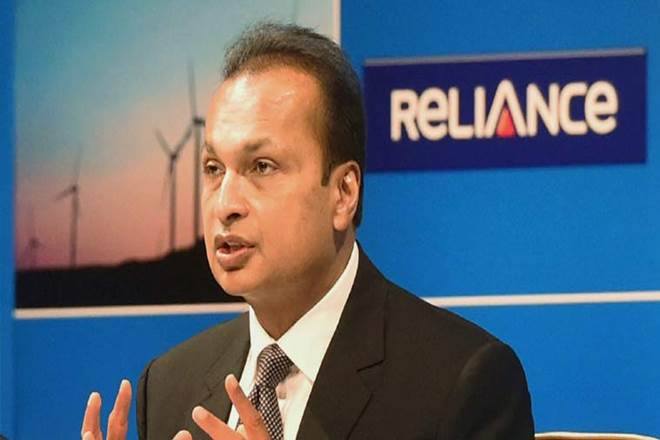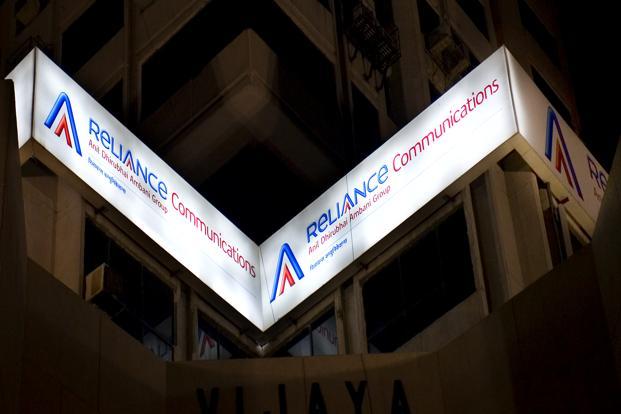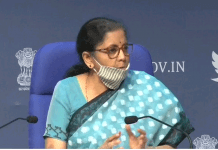Dhirubhai Ambani, who founded Reliance Industries, was an icon of India’s equity culture. When he died in 2002, Reliance had over two million shareholders, the largest ever investor base for an Indian company.  When it got listed in 1977, it had attracted thousands of small investors to a market dominated by state-run financial institutions. The company’s annual shareholders’ meetings were so well attended, they had to be held in a football stadium. The name ‘Reliance’ spelled shareholder value.
When it got listed in 1977, it had attracted thousands of small investors to a market dominated by state-run financial institutions. The company’s annual shareholders’ meetings were so well attended, they had to be held in a football stadium. The name ‘Reliance’ spelled shareholder value.
However, today things have changed and a Reliance company is going bankrupt—Reliance Communication or RCom, which is part of the business of Dhirubhai’s younger son Anil Ambani who broke away from the elder brother, Mukesh Ambani, in 2006.
The National Company Law Tribunal has admitted three insolvency petitions filed against RCom and its subsidiaries by telecom gear maker Ericsson to recover Rs 1,150 crore in dues.

Facing crisis for a long time now, RCom was aiming to sell its towers, fibre, spectrum and nodes to elder brother’s company Reliance Jio for about Rs 18,000 crore. Now it cannot sell any of its assets. The brand ‘Reliance’ had come to be so big that few could imagine a Reliance company being chased by creditors and going bankrupt even though the business of Anil Ambani group has not been as big and promising as that of Mukesh Ambani.
Bankruptcy was long due
The fall of RCom is part of the long decline at the Reliance Group. Personal fortunes of Reliance Group chairman Anil Ambani too have shrunk ever since he and Mukesh Ambani split the family business in 2006.
In 2007, Anil Ambani had a net worth of $45 billion, according to the Forbes Rich List. His biggest asset was a 66% stake in telecom venture Reliance Communications. Elder brother Mukesh had a net worth of $49 billion. In the 2017 Forbes Rich List, Anil’s net worth had shrunk to just $3.15 billion while Mukesh’s was $38 billion.

The group companies too reflected this trend. The 10-year compounded annual growth rates (CAGRs) of Mukesh’s Reliance Industries have been 11.2 (sales), 9.4% (profit) and 17.8% (returns), according to reports. The same rates for Anil’s Reliance Group have been 9.4%, -12.6% and -1.7%.
The gap in the market value of both the groups too has widened since 2006. The market capitalisation of Reliance Industries rose six times to nearly Rs 6 lakh crore, while the combined market value of Anil’s firms—Reliance Capital, Reliance Infrastructure, and Reliance Communications—declined about 17% to 47,017 crores. This market cap also includes the value of Reliance Nippon Asset Management and Reliance Home Finance Ltd both of which listed last year. The post-split market cap of Mukesh’s Reliance Industries rose from Rs 96,668 crore to 5,90,500 crore. A combined market cap of Anil’s companies declined from Rs 56,600 crore to Rs 47,000 crore.
As RCom announced last year a debt resolution plan that included selling off its assets, it had come a long way from the dominant position in the market less than a decade ago. In 2010, RCom had a market share of more than 17 percent and the second position in the telecom segment. By 2016, its market share was less than 10 percent and it was nowhere among the top firms. As it lost the market, its debt piled up. From nearly Rs 25,000 crore in 2009-10, the debt has nearly doubled to Rs 45,000 crore now.

Heavy debt and dipping inability to service have been the main problem of several Reliance Group companies such as RCom, Reliance Power, and Reliance Infrastructure.
When RCom exited the wireless business, it was following several such exits by the Reliance Group companies in recent years. In the past few years, the group companies have exited media & entertainment, cement, and roads due to various reasons but mainly to pare down debt.
Recently, Reliance Infrastructure decided to sell its Mumbai power business to Adani Transmission.
The widening gap in the performance of the two brothers was highlighted in November 2017 when Anil’s RCom defaulted on its bond payments but Mukesh’s Reliance Industries sold dollar bonds at the cheapest rate by a non-financial Indian issuer ever.
ALSO READ: Lessons Entrepreneurs Should Learn From Mukesh Ambani









